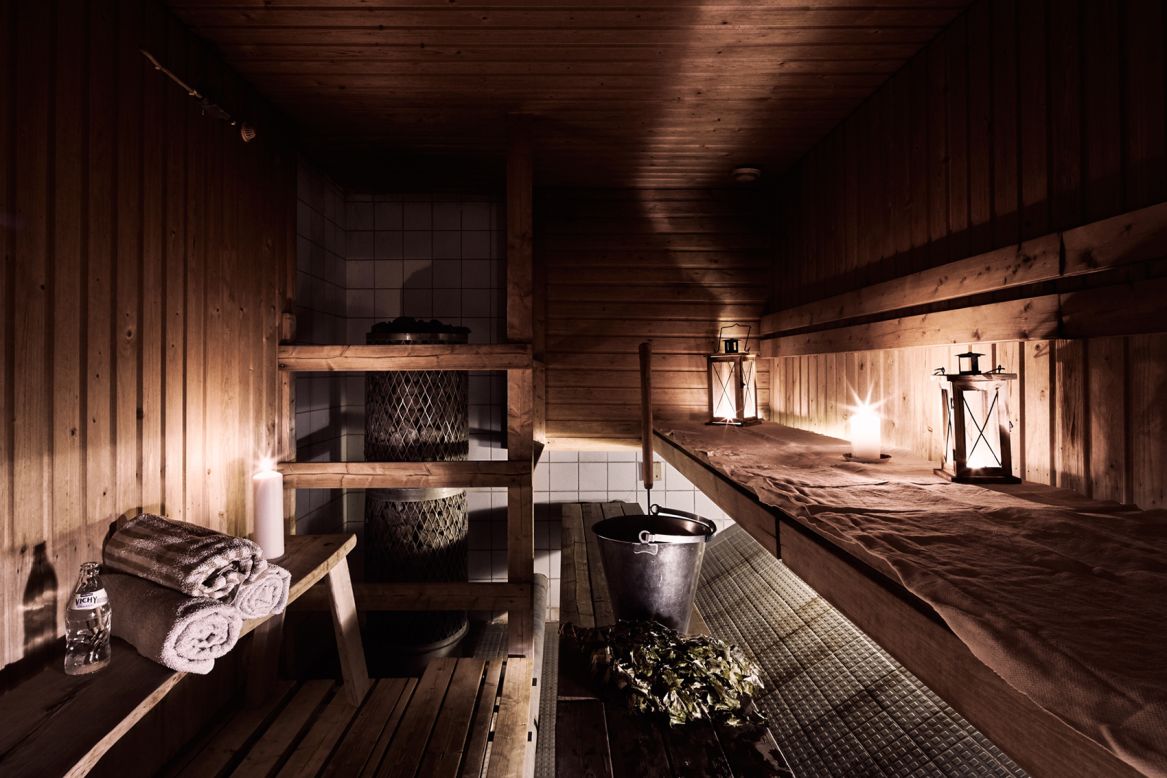Getting My Traditional Sauna To Work
Getting My Traditional Sauna To Work
Blog Article
The Best Strategy To Use For Traditional Sauna
Table of ContentsNot known Incorrect Statements About Traditional Sauna The Facts About Traditional Sauna RevealedFacts About Traditional Sauna UncoveredAbout Traditional Sauna
The majority of the weight lost in a sauna is water loss and is re-gained upon rehydrating. Nonetheless, undeniably sauna can be a fundamental part of a healthy and balanced weight reduction program. To consider the distinctions in between standard and IR saunas, I will certainly divide these right into proven, theoretical, and made differences.Thus, the hottest point in the saunawhich is at the ceiling directly above the sauna heateris usually between 185 and 190 F. Traditional Sauna. Claims that a standard sauna surpasses 200 F is simply not real and not appropriate for electrical saunas offered in the United States. The temperature for a far-infrared sauna is typically set in between 120 and 140 F; nonetheless, unlike the standard sauna, the objective in and IR space is not to accomplish a heat
As a result of this, the temperature distinction is practically irrelevant, given that excessive sweating causes both sauna types, yet the technique of heating the body is various. In an IR sauna the bather will certainly really feel hot and will certainly sweat profusely, however at much reduced temperature levels. Therefore, if the goal is to invest longer amount of times in the sauna, the IR sauna is a good choice.

How Traditional Sauna can Save You Time, Stress, and Money.
When the high temperature is accomplished, the aspects cycle on and off to preserve the high temperature. Most conventional sauna users take pleasure in pouring water over the rocks to develop vapor to elevate sauna moisture degrees. The advantages of putting water over the rocks include: making the space a lot more comfy, dampening the nasal flows, and permitting the usage of aromatherapy by blending necessary oils with the water.
In a far-infrared sauna, the warm front penetrate the body to efficiently warm the body and elevate the body core temperature level. To attain this raised temperature level, Far-infrared emitters create infrared power which is close to the very same wavelength as that which the body normally emitsoften referred to as the "Important Array" of 7 to 14 microns), so the power is well obtained by the body.
When the energy goes into the body, it triggers the body temperature to enhance and eventually results in sweating. In an infrared sauna it is essential for the emitters/heaters to remain you could try these out on almost constantly. Since there is no mass of rocks to maintain warmth, the sauna will certainly cool down if the emitters shut off.
As stated over, the sauna bather in an infrared space desires to position himself before operating emitters to get optimal benefit from the warm. The heating time for both spaces can be very different, relying on exactly how the spaces are made use of. For a typical sauna, a bather needs to permit 30-40 mins for the area to achieve a desired temperature and to properly pre-heat the rocks.
Traditional Sauna - Truths
A well built sauna will generally accomplish a temperature of 150-160 F in concerning 30-40 mins. For hotter temperature levels, the space may require to warmth for a longer duration.
To some, 15 mins was "lost" while the infrared power warmed the timber panels as opposed to heating a body, while others locate a pre-heated room to be extra comfy and believe a raised click this site starting temperature is required to start perspiring. The size of recommended usage for every room is approximately the exact same (10-15 mins per session); nevertheless, as a result of the reduced air temperatures and the ability to feel the effects of infrared warmth faster than a conventional sauna, it is not unusual for a person to spend a total amount of 20-30 minutes in an infrared sauna.
Traditional saunas tend to be larger (thus make use of even more electricity) than infrared saunas, although conventional saunas are definitely available in one and two individual dimensions. For a two-person traditional sauna, 5x6 or 5x7 dimension is most popular. The leading bench can easily seat 2 or three individuals and is also long enough to rest during the sauna session.


The typical price per kWH of power in the united state is about $0.11, so a 4.5 kW heating system will cost roughly $.50 to run for one hour, if the heating system runs constantly for one hour. Commonly a sauna heating unit will certainly run for 75% of the first hour and 50% of succeeding hours on since the components cycle once the set temperature is attained.
The 5-Second Trick For Traditional Sauna
A 2 individual far-infrared area is normally physically smaller than a typical sauna, typically about 4' x 4' or smaller sized. The IR furnace is usually 1.5-1.7 kW utilizing a 120 volt 15 amp plug-in solution. Because the area can be used earlier than a sauna room, we will certainly assume the space is utilized for to of an hour including warmth up time.
There is a rarely discussed difference in the social experience between the 2 areas. While our culture has shed some of the social benefit of the directory traditional sauna experience, it can be very socially fulfilling. From family members time in the sauna, to heart-felt discussions with loved ones, to sauna partiesthe conventional sauna experience can lead to intimate interacting socially.
The majority of greater end infrared spaces include colored light treatment, sound systems and full-glass fronts.
Report this page